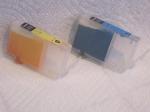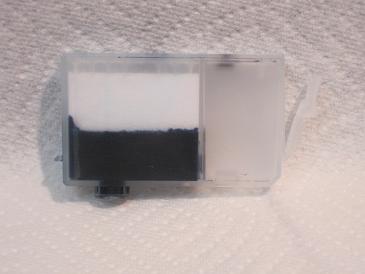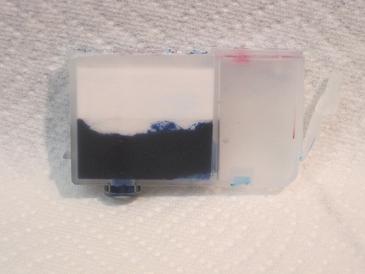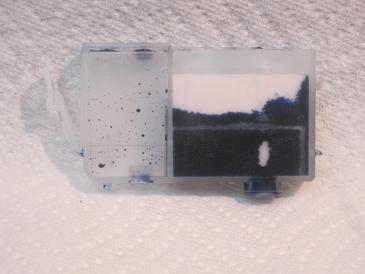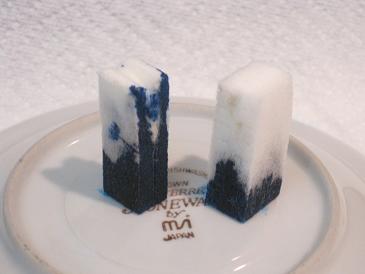- Thread starter
- #41
rodbam
Printer Master
- Joined
- Mar 9, 2011
- Messages
- 773
- Reaction score
- 173
- Points
- 213
- Location
- Australia
- Printer Model
- Canon Pro 9000 mk2 & Pro 9500
This is the same as what happened to my mate but why didn't Epson go after the makers &/or the importers of these infringing products? It's easy pickings for a big company to scare off little people like my mate & MIS.Martin said:MIS Associates (inksupply.com) when Epson threatened them and others roughly 6+ years ago.
Anyhow I have some nice looking sponges now, I held the cartridges over the ink bottle & pulled the plug out to drain the cartridge then replugged & blew through the air maze vent which got rid of the saturation from the top sponged. I've just refilled & they look like bought ones





